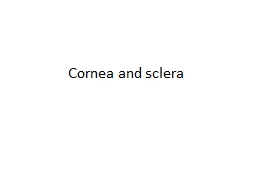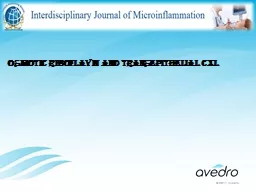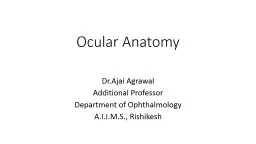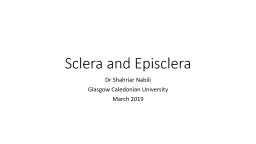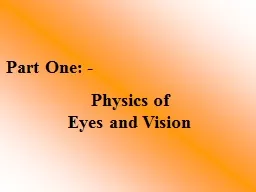PPT-Cornea and sclera cornea
Author : briana-ranney | Published Date : 2020-04-04
Infective corneal lesions Herpes simplex keratitis Type 1 herpes simplex virus HSV1 is a common imp cause of ocular disease Type 2 HSV2 can cause genital disease
Presentation Embed Code
Download Presentation
Download Presentation The PPT/PDF document " Cornea and sclera cornea" is the property of its rightful owner. Permission is granted to download and print the materials on this website for personal, non-commercial use only, and to display it on your personal computer provided you do not modify the materials and that you retain all copyright notices contained in the materials. By downloading content from our website, you accept the terms of this agreement.
Cornea and sclera cornea: Transcript
Download Rules Of Document
" Cornea and sclera cornea"The content belongs to its owner. You may download and print it for personal use, without modification, and keep all copyright notices. By downloading, you agree to these terms.
Related Documents

